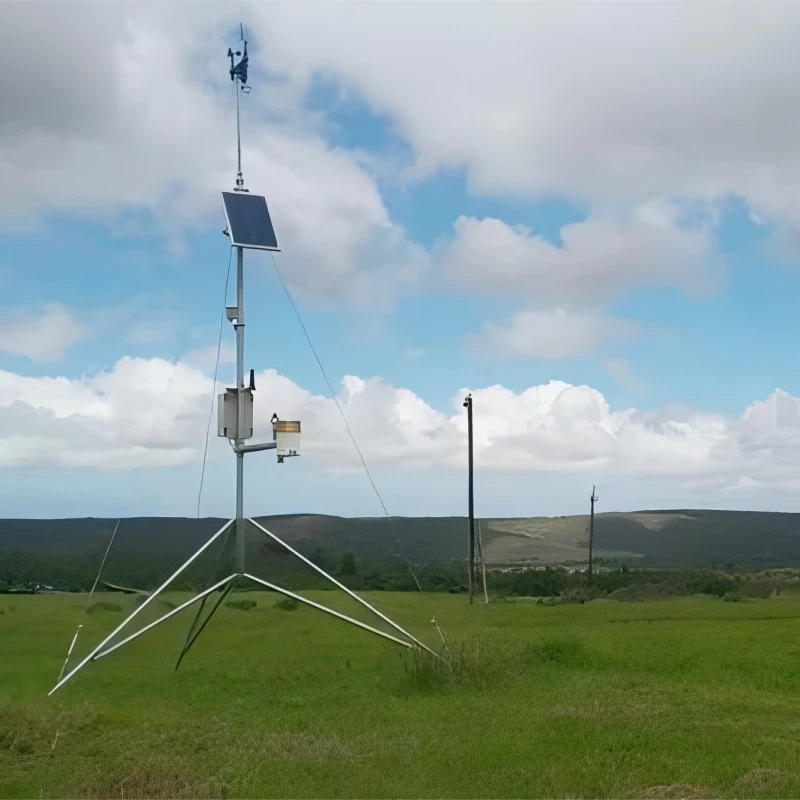
# Weather Measuring Instruments: Essential Tools for Accurate Forecasting
Weather forecasting has come a long way from relying solely on observations of the sky and wind patterns. Today, meteorologists use a variety of advanced weather measuring instruments to gather precise data, enabling accurate predictions. These tools are essential for understanding atmospheric conditions and providing timely warnings for severe weather events.
## Thermometers: Measuring Temperature
One of the most fundamental weather measuring instruments is the thermometer. It measures air temperature, which is crucial for understanding daily weather patterns and long-term climate trends. Modern thermometers use digital sensors for higher accuracy, but traditional mercury or alcohol-based thermometers are still widely used.
## Barometers: Tracking Atmospheric Pressure
Barometers are used to measure atmospheric pressure, a key indicator of weather changes. A sudden drop in pressure often signals an approaching storm, while rising pressure indicates fair weather. Aneroid barometers and digital barometers are commonly used in weather stations and personal devices.
## Anemometers: Gauging Wind Speed
Wind speed is another critical factor in weather forecasting. Anemometers measure how fast the wind is blowing, which helps predict storms, hurricanes, and other wind-related phenomena. Cup anemometers and ultrasonic anemometers are popular choices for their reliability and precision.
## Hygrometers: Measuring Humidity
Humidity levels play a significant role in weather patterns and human comfort. Hygrometers measure the amount of moisture in the air, helping meteorologists predict rain, fog, or drought conditions. Modern hygrometers often combine temperature and humidity sensors for comprehensive data collection.
## Rain Gauges: Measuring Precipitation
Rain gauges are essential for measuring the amount of precipitation over a specific period. This data is vital for understanding water cycles, predicting floods, and managing water resources. Tipping bucket rain gauges and weighing rain gauges are commonly used in weather stations.
## Weather Balloons and Satellites: Advanced Tools
Beyond ground-based instruments, weather balloons and satellites provide invaluable data from the upper atmosphere and space. Weather balloons carry radiosondes to measure temperature, humidity, and pressure at various altitudes. Satellites, on the other hand, offer a global perspective, tracking cloud formations, storms, and other large-scale weather systems.
## The Importance of Accurate Weather Instruments
Accurate weather measuring instruments are the backbone of modern meteorology. They provide the data needed to create reliable forecasts, protect lives, and support industries like agriculture, aviation, and energy. As technology advances, these tools continue to evolve, offering even greater precision and insight into the ever-changing atmosphere.
Whether you’re a professional meteorologist or a weather enthusiast, understanding these instruments can deepen your appreciation for the science of weather forecasting.
Keyword: weather measuring instruments
